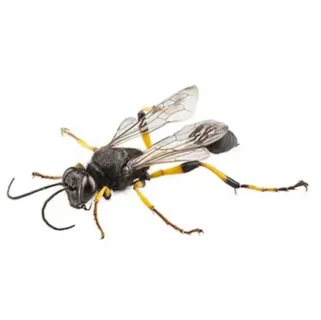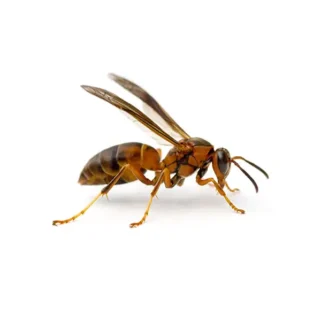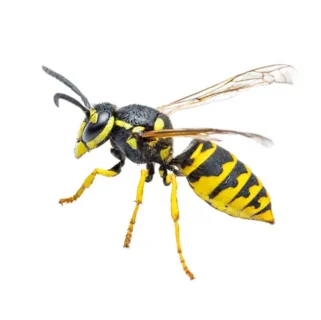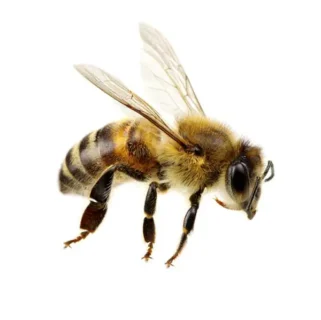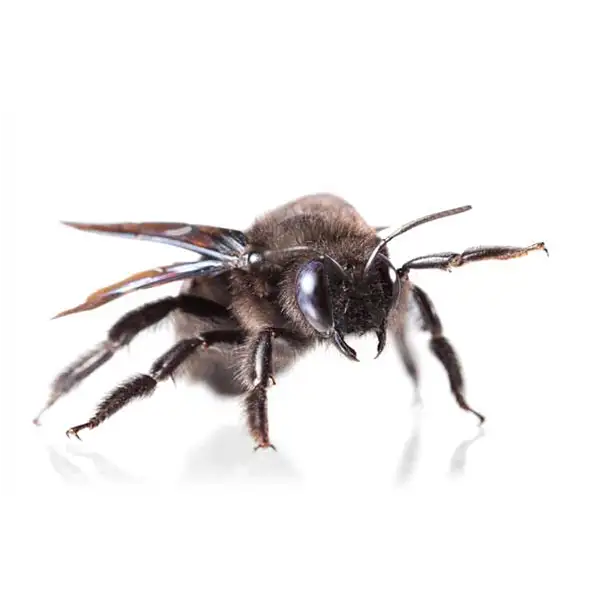
Carpenter Bees in Kailua Kona
Carpenter bees are named for their behavior of boring into wood to construct chambers for their offspring. They are among the largest native bees in the United States, alongside bumblebee queens. Distributed across the southern United States from Arizona to Florida and extending north to New York in the eastern United States, carpenter bees do not consume wood but inflict damage on structures by excavating tunnels in dry and weathered lumber.
Carpenter Bee Habitat
Carpenter bees are solitary insects and establish individual nests in trees, eaves, or the sides of structures. During winter, both males and females hibernate within old nest tunnels and emerge in spring to mate. After mating, the female selects a suitable piece of wood for nest construction, while the male spends most of his time hovering near potential nest sites. Using her mandibles, the female excavates a gallery, lines it with “bee bread” (a mixture of pollen and regurgitated nectar), lays an egg, and seals the cell with chewed wood pulp. Signs of a carpenter bee infestation often include a significant accumulation of sawdust and pollen beneath the area being excavated.
Carpenter Bee Behaviors, Threats, or Dangers
Female carpenter bees are typically not aggressive, but they will sting if provoked, especially when defending their nests. For individuals allergic to bee venom, prompt medical attention is advised after a sting. Male carpenter bees lack a stinger, but they can exhibit defensive behavior when safeguarding their territory. While carpenter bees contribute to pollination, they can also cause significant structural damage. They commonly target windowsills, wooden siding, decks, railings, outdoor furniture, and fences. Although the damage from individual bees may seem minimal, the cumulative impact of multiple bees over time can result in substantial destruction. If you suspect a carpenter bee infestation, it is recommended to contact a bee control professional.
Need help with Carpenter Bee control?
Need Pest Control Service?
Leave your information below and we’ll be in touch with a FREE quote!
"*" indicates required fields
*During normal business hours. After hours calls will be returned the next business day.

